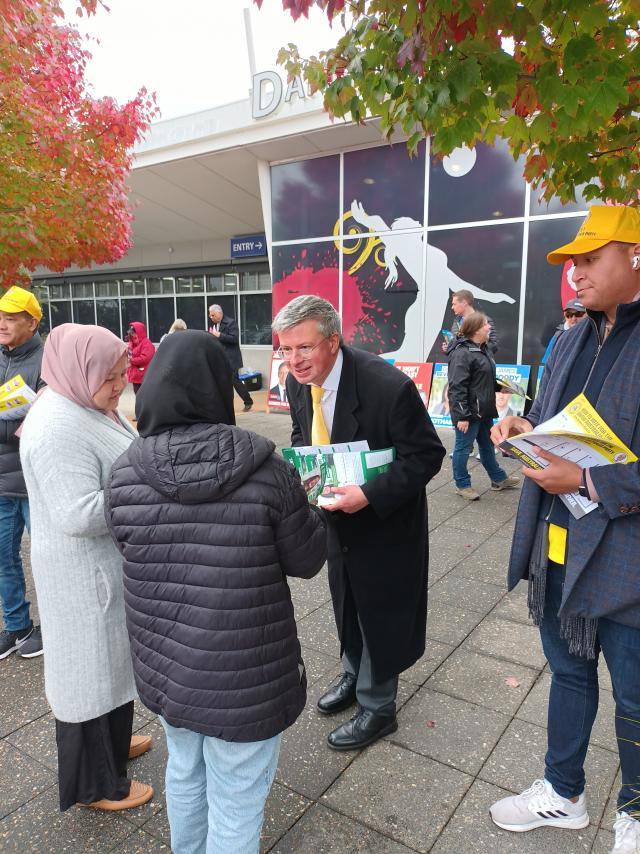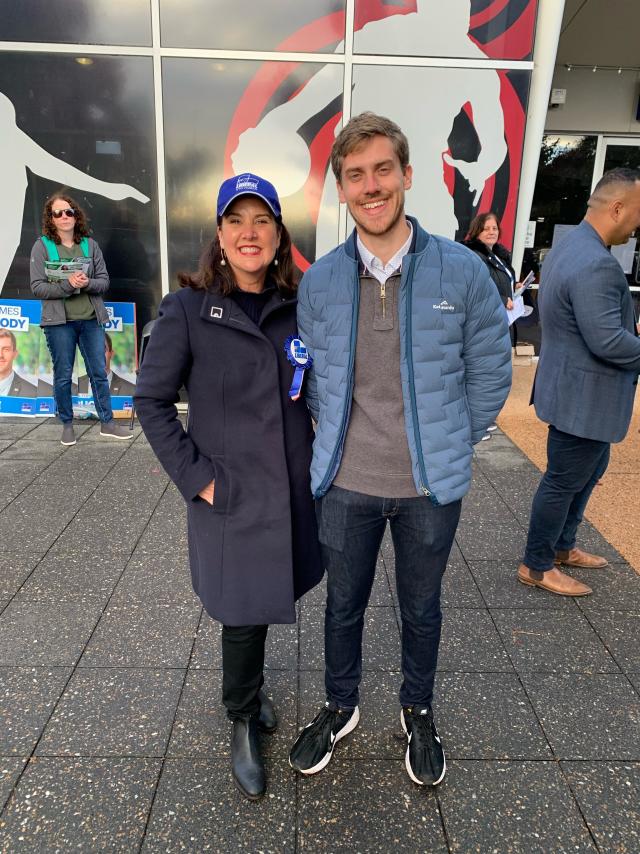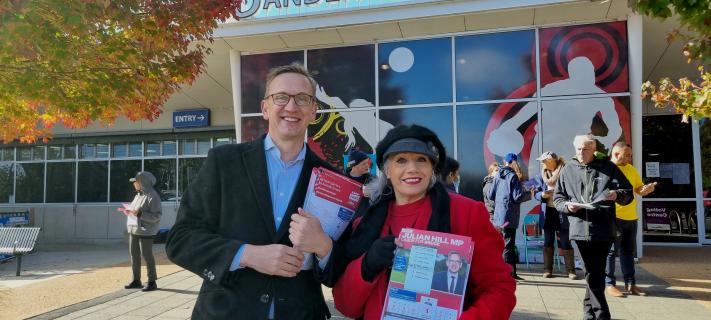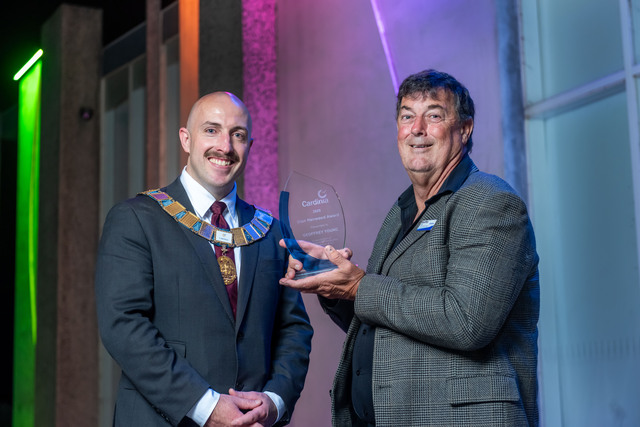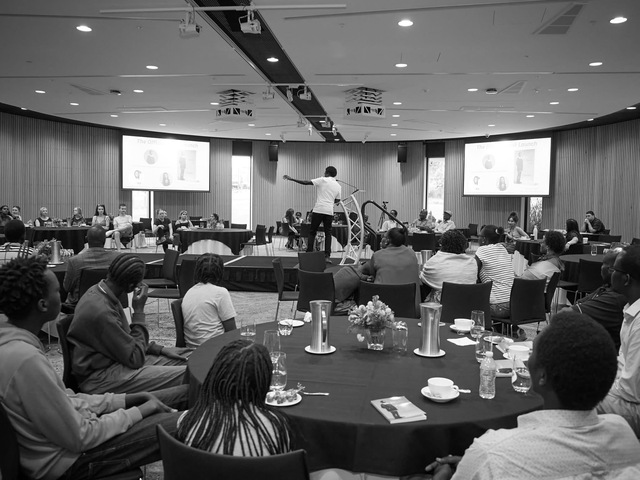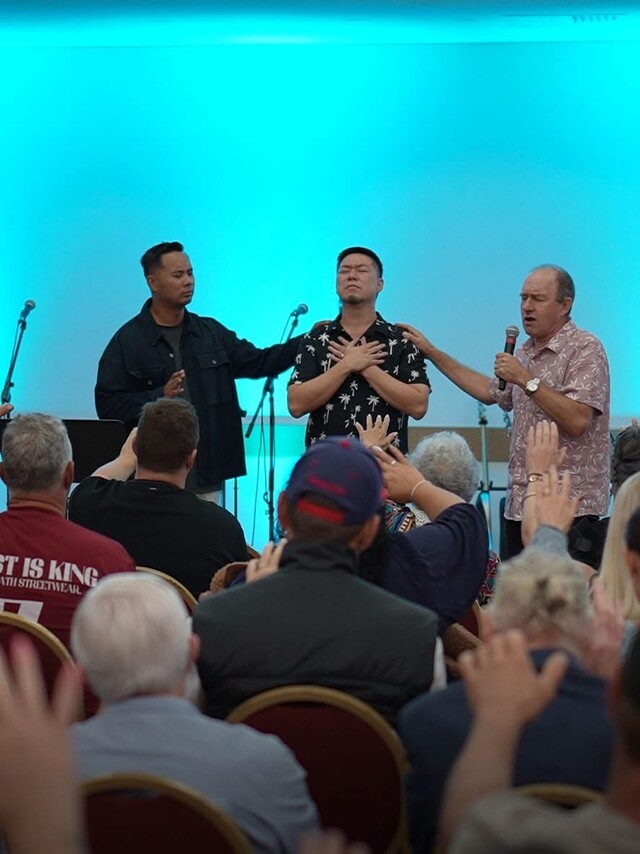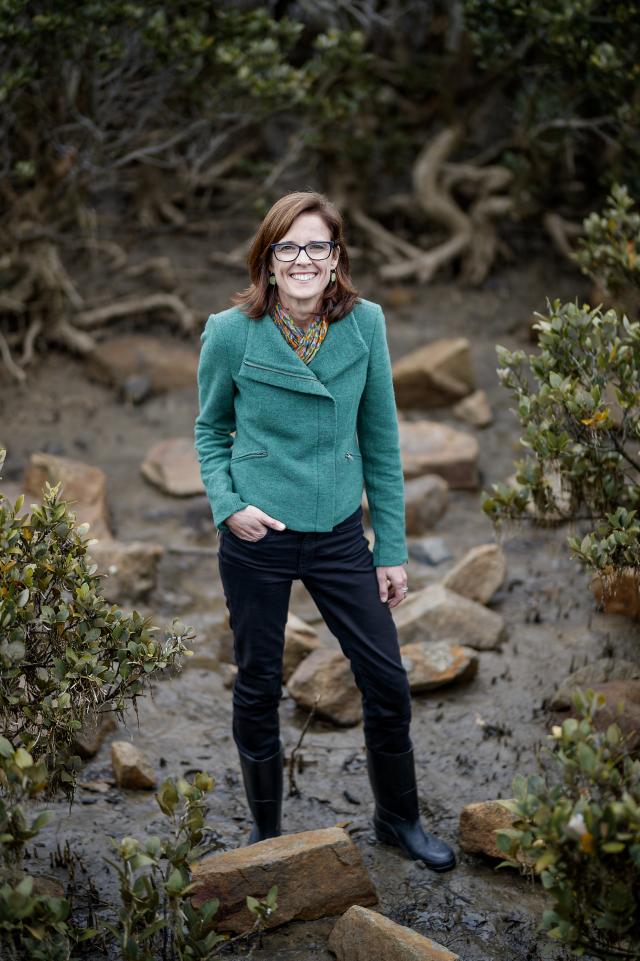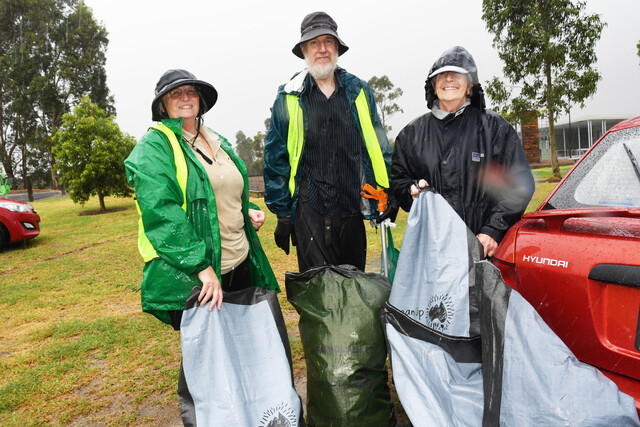The new Federal Government will be a “liberation” for previously “ignored” Greater Dandenong voters, says re-elected Labor MP Julian Hill.
In the 21 May election, Labor MPs Mr Hill, Clare O’Neil and Mark Dreyfus have been returned in their respective safe electorates Bruce, Hotham and Isaacs.
They and their Liberal opponents lost a significant number of primary votes to right-wing minor parties and the Greens.
But two-party preferred results were similar to 2019.
Mr Hill said the Government would deliver $20 million towards pools – the Dandenong Oasis redevelopment and Noble Park Aquatic Centre, as well as revamp treatment of asylum seekers and refugees.
Of the Coalition’s unfulfilled pledge for a City Deal between the government and South East Melbourne councils, Mr Hill said: “We said we will sit down and have a proper adult consultation with councils in the region on what a partnership might look like.”
He said the change of Government was a “terrific result for the community”.
“It’s a liberation for Greater Dandenong which has been ignored and oppressed for a decade by the Liberal Government.
“For a decade, not a single election commitment, no community or infrastructure funding and the basic services critical to daily life have been neglected.
“One of my priorities will be sorting out the mess that is the Department of Home Affairs, which causes so much human misery as I see every day.
“There’s no quick fix to undo the damage to critical services but the hard work starts now.”
Across the nation, legions of voters shunned Liberal and Labor. A stunning number of cross-benchers – including independents and Greens – will be installed in the House of Representatives.
In the South East, the left-wing Greens and right-wing parties like United Australia Party, Liberal Democrats and Pauline Hanson’s One Nation won a huge combined swing.
In Bruce, they attracted a total 28 per cent of the vote, Hotham 27 per cent and Isaacs 26 per cent.
Mr Hill said the swings were an expression of frustration and protest against “the culture of politics”.
His primary vote dropped nearly 6 per cent – as did his Liberal opponent James Moody’s.
With strong preference flows, Mr Hill’s two-party preferred margin of 7 per cent remained intact.
Bruce voters “sent a message but in no way did they want to re-elect a Liberal Government”, he said.
“Australians across the country have voted to change the Government but also to change the Parliament and the way that politics works – and I think that’s a bloody good thing.
“I’ll admit that I shed a tear listening to Albo (Prime Minister Anthony Albanese) speak and hearing finally a Prime Minister talking again about caring and kindness and working together and not trying to divide our country.
“And the hope that it should bring many who do it tough.”
Bruce Greens candidate Matthew Kirwan said his 1.8 per cent primary swing was part of a national “green slide”.
It showed Labor’s policies for climate change and tackling inequality were not “progressive enough” for voters on the Left.
And with the Greens potentially holding balance of power in the Senate, there would be pressure on the incoming Government to “step up” on climate change, he said.
Monash University politics lecturer Dr Zareh Ghazarian said the ALP would be “cautious” how they work with the Greens in Parliament.
“They would be wary of the concerns in the community about Labor and the Greens working together and any political impact.”
Voters’ “disaffection” with both major parties had been coming for a while, with Labor’s “low-40’s” primary vote in safe seats Bruce and Isaacs now approaching “dangerous territory”, Dr Ghazarian said.
“The major parties have been seemingly unable to stop voters leaving them and supporting minor parties.
“Their messages are not resonating and we’ve got a sense that voters are now confident to switch their votes to independents and minor parties.”
Meanwhile, after a near wipe-out in Victoria, the Liberal Party would be reviewing “who the Liberal Party is representing and how”.
Voters were seemingly turned off the Coalition by former PM Scott Morrison’s self-described “bulldozer” leadership and the ‘it’s time’ factor of going for a fourth term of government, Dr Ghazarian said.
Bruce candidates James Moody (Liberal) and Matt Babet (United Australia Party) were contacted for comment.
xxxxx
BRUCE
2PP: ALP 57.3% – Lib 42.7% (swing -0.05%)
*Julian Hill (ALP) 42.3% (-5.7%)
James Moody (Lib) 29.8% (-5.9%)
Matthew Kirwan (Greens) 9.4% (+1.8%)
Matt Babet (UAP) 8.8% (+4.7%)
Christine Skrobo (Lib Dem) 5.1% (+5.1%)
Hayley Deans (One Nation) 4.6% (+3.6%)
HOTHAM
2PP: ALP 61.2% – Lib 38.8% (swing +3.6%)
*Clare O’Neil (ALP) 48.1% (-2.7%)
Savitri Bevinakoppa (Lib) 25.2% (-8.1%)
Louisa Willoughby (Greens) 11.4% (+2.5%)
Edward Sok (Lib Dem) 6.5% (+6.5%)
Bruce Ridgway (UAP) 6.1% (+2.4%)
Roger Tull (One Nation) 2.7% (+2.7%)
ISAACS
2PP: ALP 56.5% – Lib 43.5% (swing +0.8%)
*Mark Dreyfus (ALP) 40.6% (-4.3%)
Robbie Beaton (Lib) 31.5% (-3.8%)
Alex Breskin (Greens) 12.7% (+1.6%)
Sarah O’Donnell (Lib Dem) 5.1% (+5.1%)
Scott McCamish (UAP) 5.0% (+1.0%)
Boris Sokiransky (One Nation) 3.1% (+3.1%)
Alix Livingstone (AJP) 2.1% (-1.5%)



